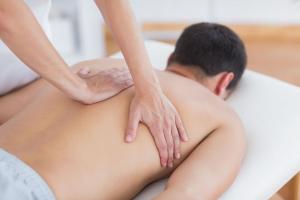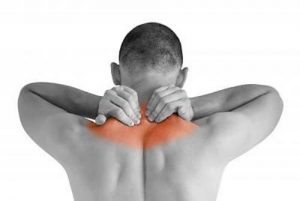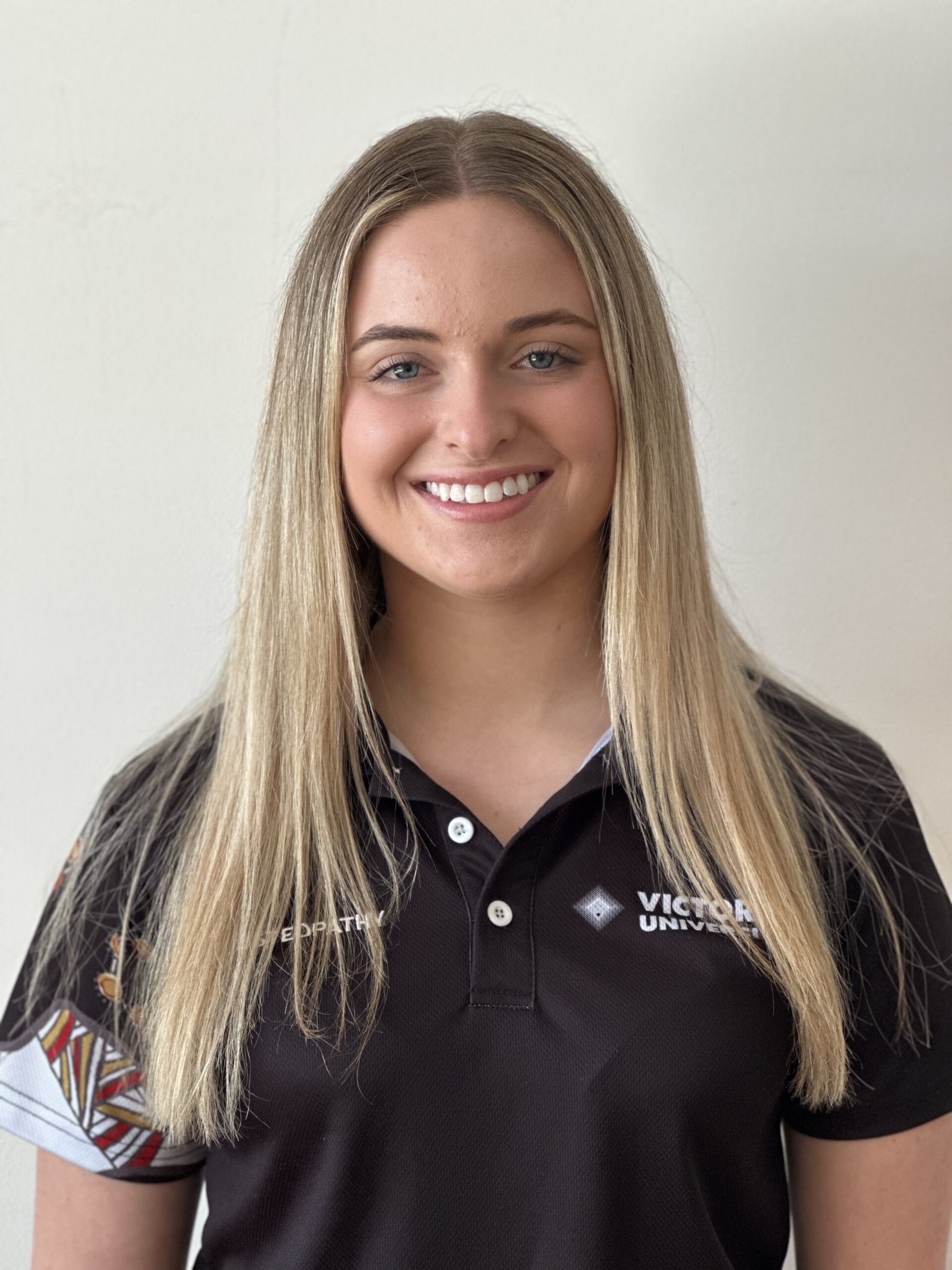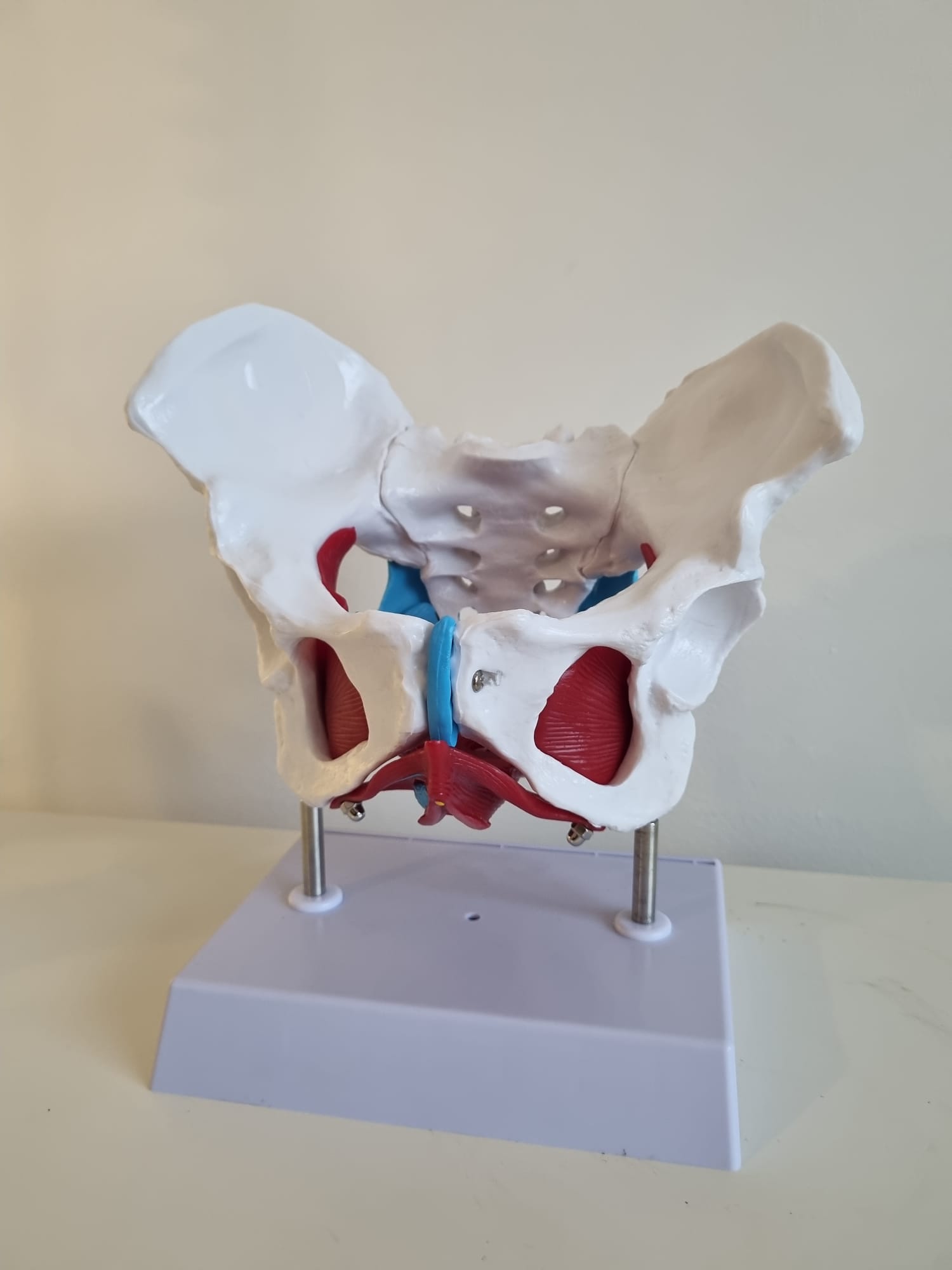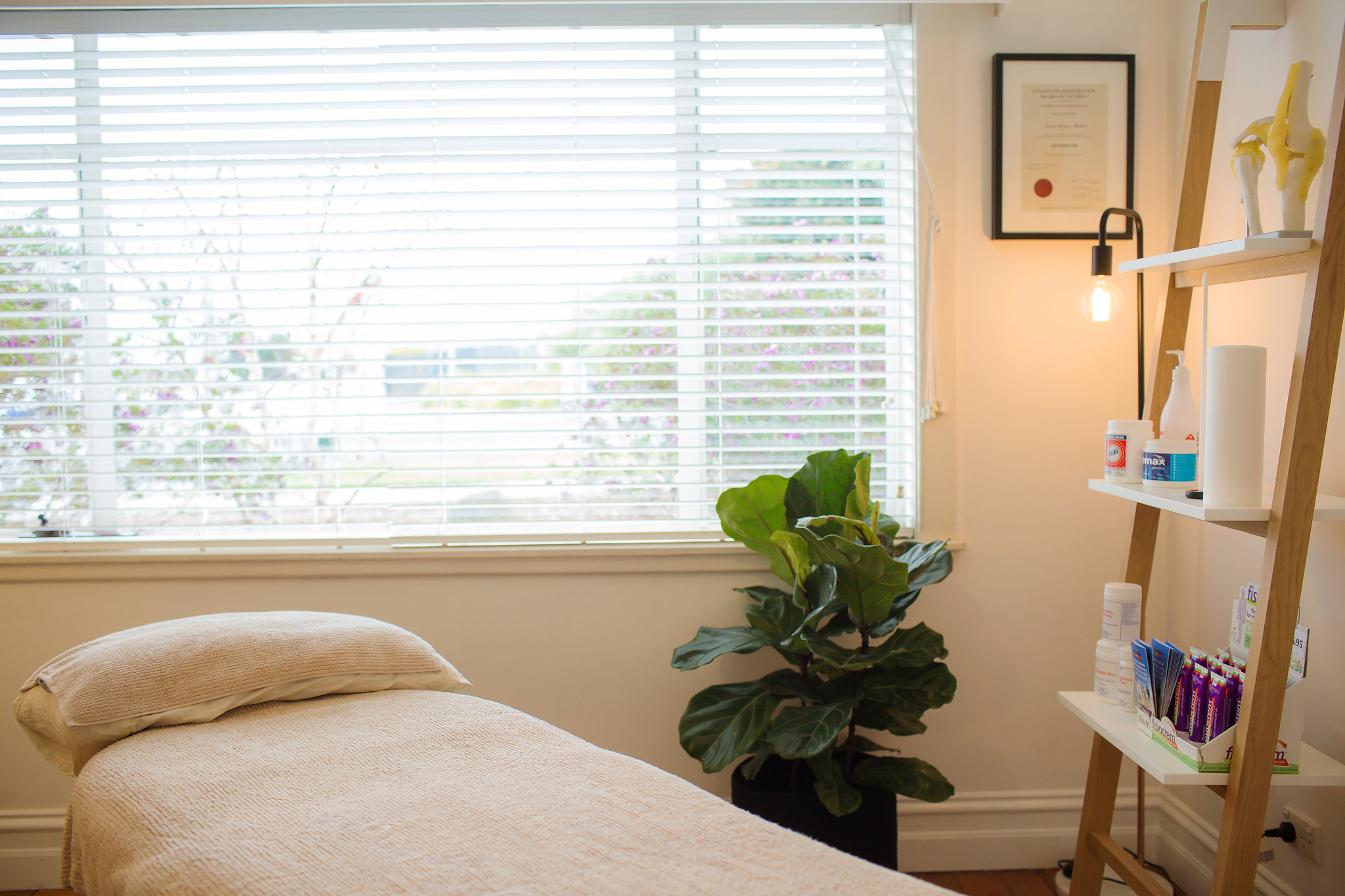
Headaches – Osteopath Dr. Jacqueline Roy covers the common types of headaches
Headaches + Migraines
Headaches are a common condition seen in our clinic. There are many types, so this blog will cover the most well known headaches. Generally, how they begin is not very well understood, but each of these headaches are different, and no person will experience them the same as another person.
Managing a headache
Some headaches will have noticeable triggers, it is important to take note of the triggers of your headache so you can avoid them and let you health practitioner know about them.
Some less intense headaches can be resolved with a heat pack or some simple neck stretches (see our previous blogs on neck stretches) but others may need some gentle soft tissue or joint articulation and manipulation – that’s where Osteopaths come in!
Here are the common types and the triggers.
Common Types of Headaches
1. Classic migraine (Migraine with aura)
Recurring head pain due to changes in the brain and surrounding vasculature. Cause is not yet fully understood but evidence suggests constriction of blood vessels affect the visual or olfactory areas supplied in the brain causing the aura, then the blood vessels dilate, increasing blood flow and causing pain.
Feels like:
- throbbing or pulsing headache usually on one side of the face
with any variety of debilitating symptoms:
- sensitivity to lights/sound
- irritability
- vertigo
- numbness
- fever
- malaise (feeling generally unwell)
Occurs in stages:
- Aura (usually visual or by smell) for 15-30mins
- Headache with visual disturbance (blurred vision, zigzag lines, various colours)
- Weakness or numbness on one side of body
Sufferers prefer to lie in a quiet and dark room.
Triggers include:
- stress
- certain foods
- allergies
- rapid hormonal changes.
2. Cervicogenic headaches
Head pain caused by position or dysfunction of the cervical spine.
Feels like:
- a less severe migraine
- pain in the neck and base of skull
- can be unilateral (left or right), or bilateral (both sides)
- refers to forehead, temples, eyes, or ears.
Aggravated by:
- repetitive activities with the neck looking down (painting, reading, cleaning, computer or phone use)
- repetitive lifting
- stress
- Prolonged periods of sitting or inactivity.
Headaches will decrease in intensity and frequency with manual therapy such as deep tissue massage and articulation, neck stretches, and heat.
3. Tension headache
Intermittent headache (comes and goes) of moderate intensity. More common in young adults and females.
Feels like:
- tight pressure in a band across the head. Can come on after a stressful event.
Aggravated by triggers:
- stress
- fatigue
- muscular trigger points
- previous neck injury
- posture.
Will respond well to manual therapy and non-prescription anti-inflammatory medication.*
*Always check with your health care professional as to whether this type of medication is right for you.
4. Sinus headaches
Build up of pressure within sinuses due to infection or inflammation.
Feels like:
- deep/uncomfortable pressure
- referred pain
- may come with blocked/runny nose
- pain can be forehead, temples, behind eyes/nose, or above the mouth.
Can be treated with gentle facial massage or sinus drainage, a decongestant or, for an infection, antibiotics
5. Cluster headaches
Severe type of headache which occurs on one side of the head usually present in groups or clusters over weeks or months. A less common headache, but when it does occur it affects young adults and males.
Attacks last 30mins to 2 hours and are mainly at night.
Feels like:
- excruciating
- piercing
- burning headache usually behind one eye
- or like a knife cutting into the head.
- Can get watering of eyes + nose.
Aggravated by triggers:
- stress
- glare
- extreme temperatures.
*Important* Some headaches are not as simple as tight muscles. If you have any of the following symptoms with your headache it is important to consult your health care practitioner for advice:
- new headache beginning after 50 years of age
- sudden onset
- increasing frequency or severity
- after head trauma
- neurological symptoms (apart from usual aura)

